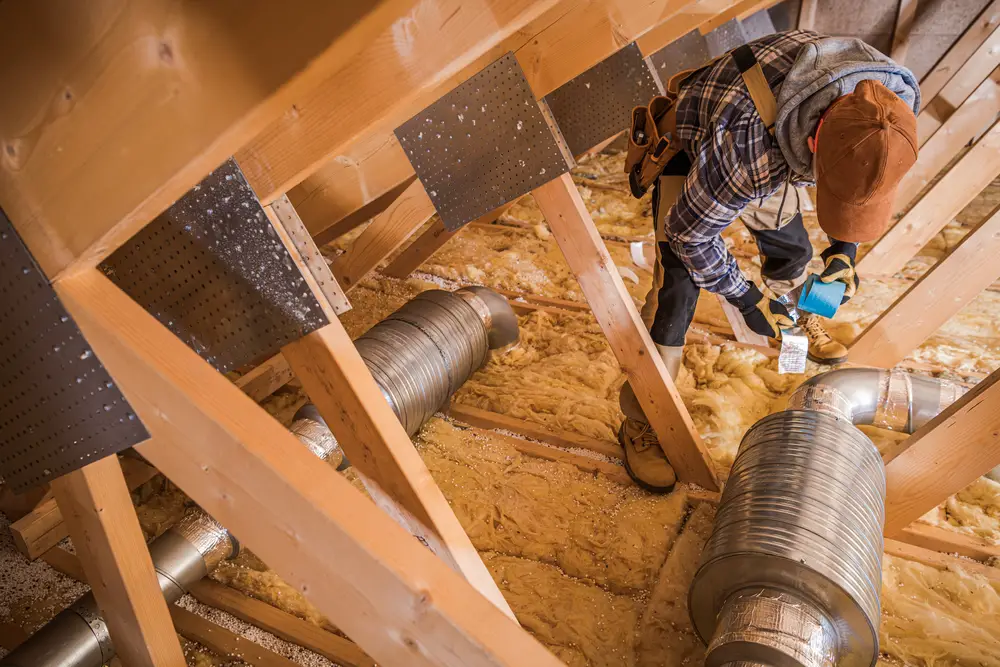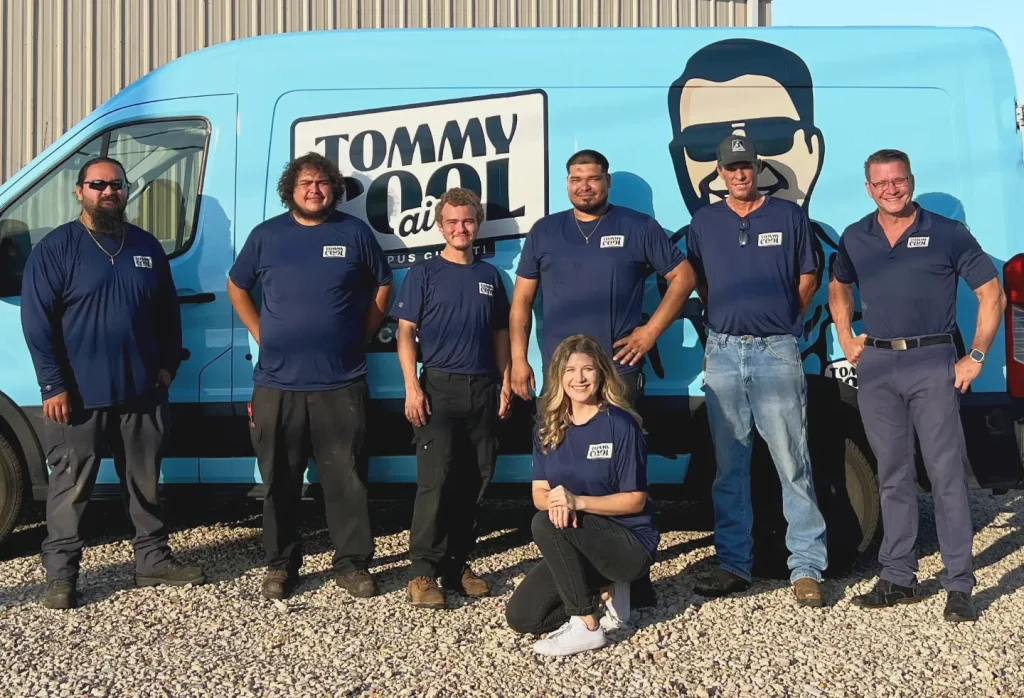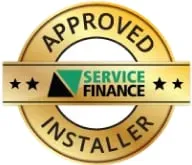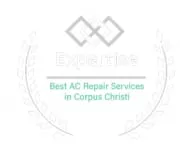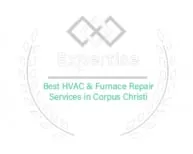Old attic insulation can pose various risks to your health and home. Over time, insulation materials can deteriorate, lose effectiveness, and potentially become hazardous. In this blog, we’ll explore the dangers of old insulation and provide a comprehensive overview of how to remove it from the attic and replace it safely.
Risks Associated with Old Attic Insulation
Health Hazards
One of the primary concerns with old attic insulation is the potential for health hazards. The most frequently asked question is: “Can old attic insulation make you sick?”. Materials like asbestos can release fibers into the air when disturbed. Inhalation of asbestos fibers can lead to severe respiratory conditions, including lung cancer and mesothelioma.
Mold and Mildew
Over time, insulation can trap moisture, leading to the growth of mold and mildew. Exposure to mold spores can cause respiratory issues, especially for individuals with allergies or asthma.
Pests and Vermin
Old insulation can attract pests like rodents and insects, creating problems such as contamination, foul odors, and damage to the structure.
Step-by-Step Process to Safely Replacing Your Attic Insulation
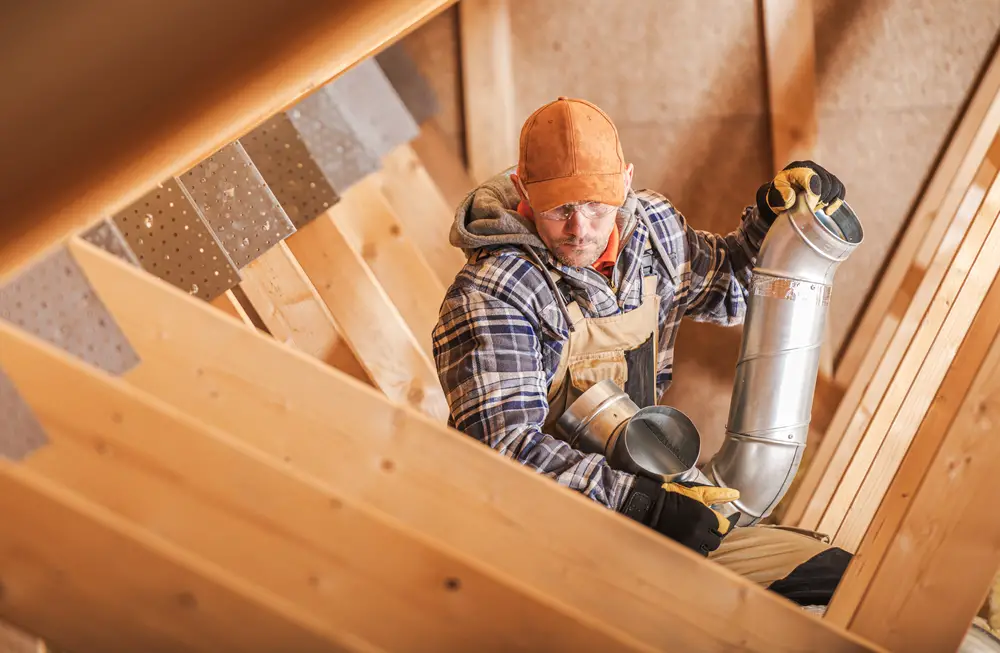
Replacing old insulation in your attic is crucial to maintaining a healthy and energy-efficient home environment. A well-executed replacement can significantly enhance your home’s comfort and energy efficiency. Let’s delve into a detailed step-by-step guide for replacing old insulation effectively.
Step 1: Assess the Existing Insulation
Before starting the replacement process, thoroughly inspect your attic to assess the condition of the existing insulation. Look for signs of damage, moisture intrusion, pest infestation, or mold growth. Note the type of insulation material and its overall coverage to determine the extent of the replacement required.
Step 2: Gather Necessary Supplies and Equipment
Prepare for the insulation replacement by gathering the following supplies and equipment:
New Insulation
Choose the appropriate type and R-value of insulation based on your climate and energy efficiency goals. Standard options include fiberglass batts, blown-in cellulose, spray foam, or rigid foam boards.
Safety Gear
Wear protective gear such as gloves, goggles, long sleeves, and a respirator mask to safeguard against insulation fibers, dust, and airborne particles.
Tools
Depending on the insulation type and installation method, you may need tools such as a utility knife, insulation cutter, staple gun, insulation supports, and a ladder for access.
Sealing Materials
Have caulk, foam sealant, or weatherstripping on hand to seal air leaks and gaps before installing new insulation.
Step 3: Prepare the Attic Space
Clear out any debris, clutter, or obstacles in the attic space to facilitate easy access and movement during the insulation replacement. Ensure proper lighting and ventilation to work safely and comfortably.
Step 4: Seal Air Leaks and Inspect Ventilation
Before installing new insulation:
- Address any air leaks, gaps, or openings in the attic.
- Seal around windows, doors, ducts, pipes, and electrical penetrations using appropriate sealing materials to prevent energy loss and moisture intrusion.
- Inspect attic ventilation to ensure adequate airflow and moisture control.
Step 5: Remove Old Insulation (if necessary)
If the existing insulation is damaged, contaminated, or insufficient, consider removing it before installing new insulation. Follow safe removal practices, wear protective gear, and dispose of old insulation according to local regulations, mainly if it contains hazardous materials like asbestos.
Step 6: Install New Insulation
Once the attic is prepped and any old insulation is removed, proceed with installing the new insulation:
Batt Insulation
Fit fiberglass or mineral wool batts between attic joists and rafters, ensuring a snug and consistent fit without compression.
Blown-In Insulation
Use a blowing machine to evenly distribute cellulose or fiberglass loose-fill insulation across the attic floor or into wall cavities, achieving the desired R-value.
Spray Foam Insulation
Apply spray foam insulation to seal gaps, cracks, and irregular spaces, providing insulation and air-sealing benefits.
Rigid Foam Insulation
Install rigid foam boards against attic walls or under roof rafters to create a thermal barrier and enhance energy efficiency.
Step 7: Ensure Proper Ventilation and Safety Measures
After installing new insulation, verify that attic ventilation systems, such as soffit vents, ridge vents, or attic fans, are functioning correctly.
Step 8: Clean Up and Inspect
Clean the work area, removing any leftover insulation debris or packaging materials. Conduct a final inspection to check for proper insulation coverage, absence of gaps or compressions, and adherence to safety standards.
Step 9: Monitor Performance and Energy Savings
Monitor your home’s energy consumption and indoor comfort levels after replacing old insulation. Measure any improvements in energy efficiency, temperature consistency, and air quality to assess the effectiveness of the insulation upgrade.
Expert Support: Enlisting Professional Insulation Services
Understanding the intricacies of attic insulation replacement can be challenging, especially when dealing with older homes. Insulation types vary, and older materials may contain hazardous substances like asbestos, requiring careful handling. Navigating these complexities often demands specialized knowledge and equipment. Professional insulation contractors bring expertise in identifying hidden issues such as inadequate ventilation or air leaks, which can compromise the effectiveness of new insulation. They are adept at ensuring compliance with safety and building codes, thereby enhancing the long-term energy efficiency and safety of your home. By choosing experts, you’re not just solving current problems but also preventing potential future issues, making it a wise investment for your home’s health and comfort.
Wrapping Up: Secure a Healthier, Safer Attic
Old attic insulation can pose significant risks to health and home safety. Prioritize safety, follow best practices, and consider professional assistance when needed for a successful insulation upgrade.
Tommy Cool Air provides comprehensive insulation services in Corpus Christi, including assessment, removal of old insulation, installation of new insulation, air sealing, and ventilation inspection, ensuring a safe and energy-efficient home environment.

